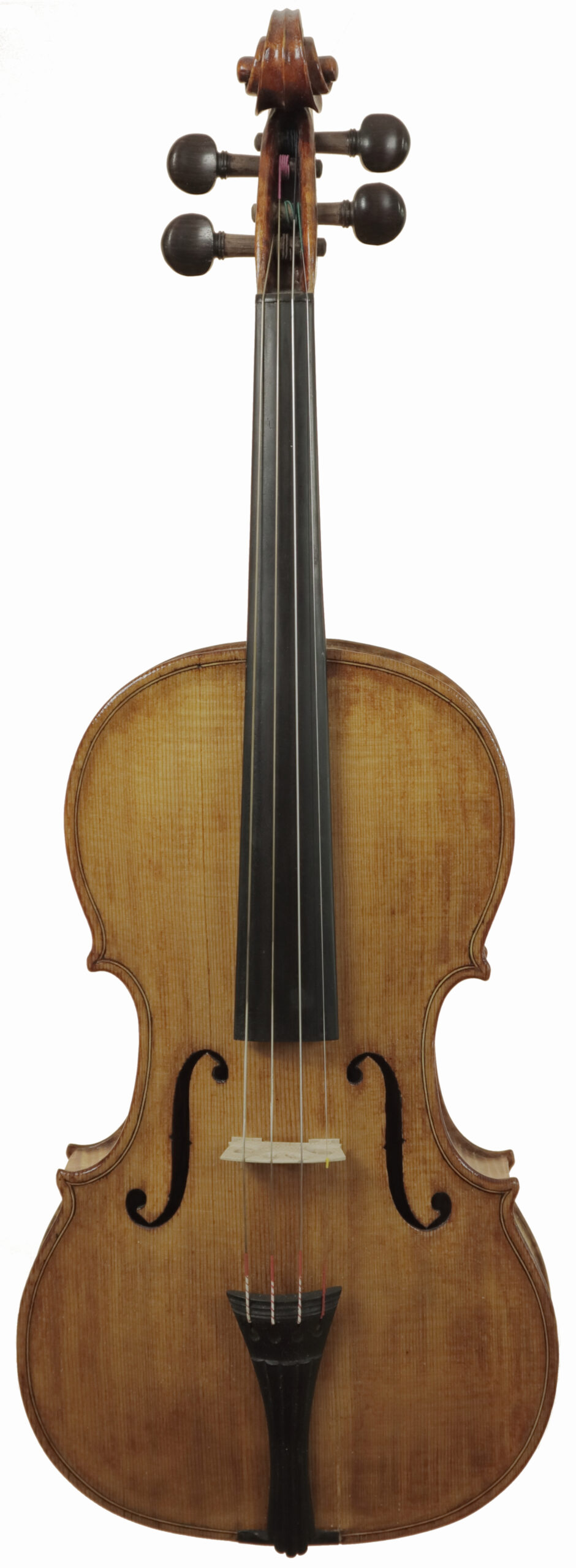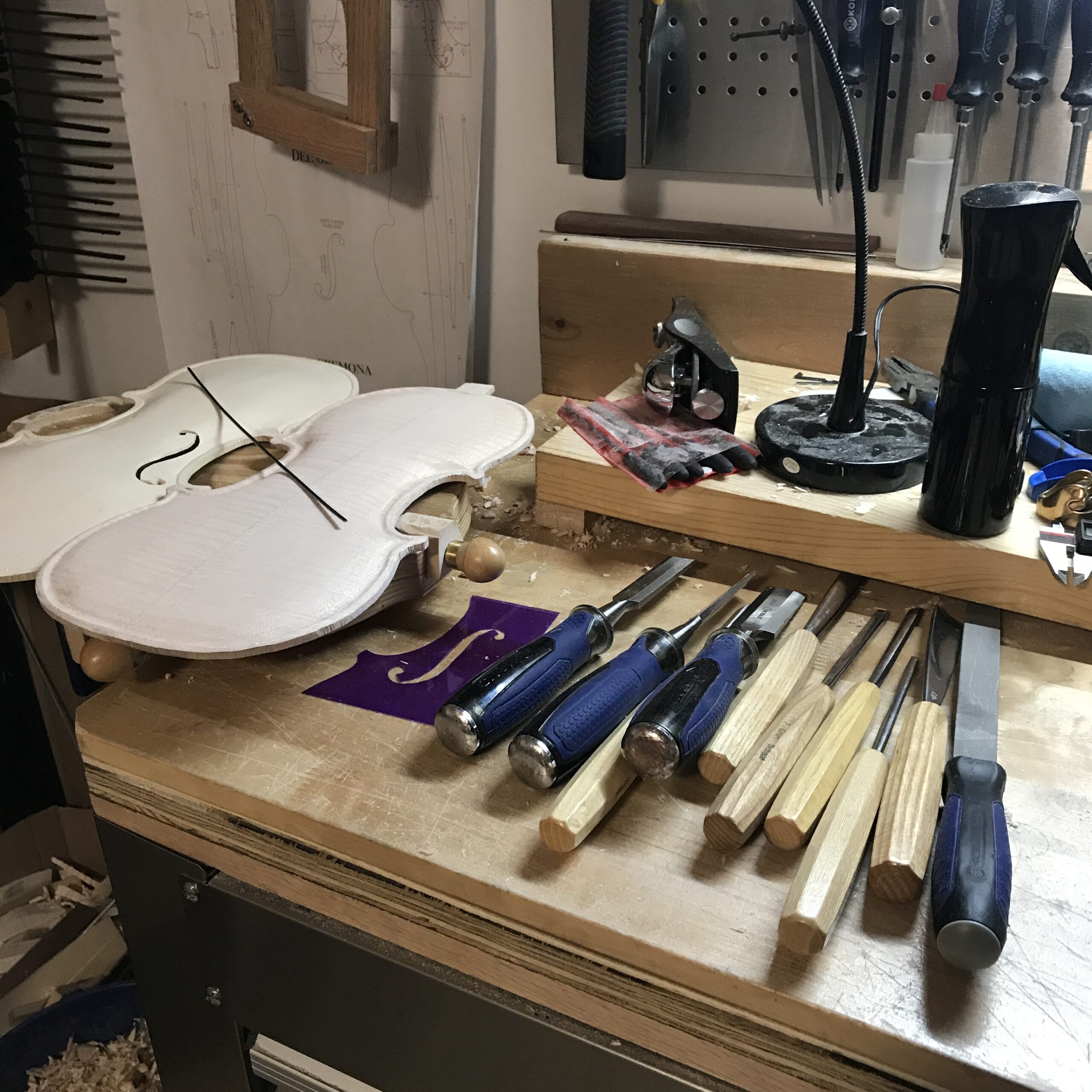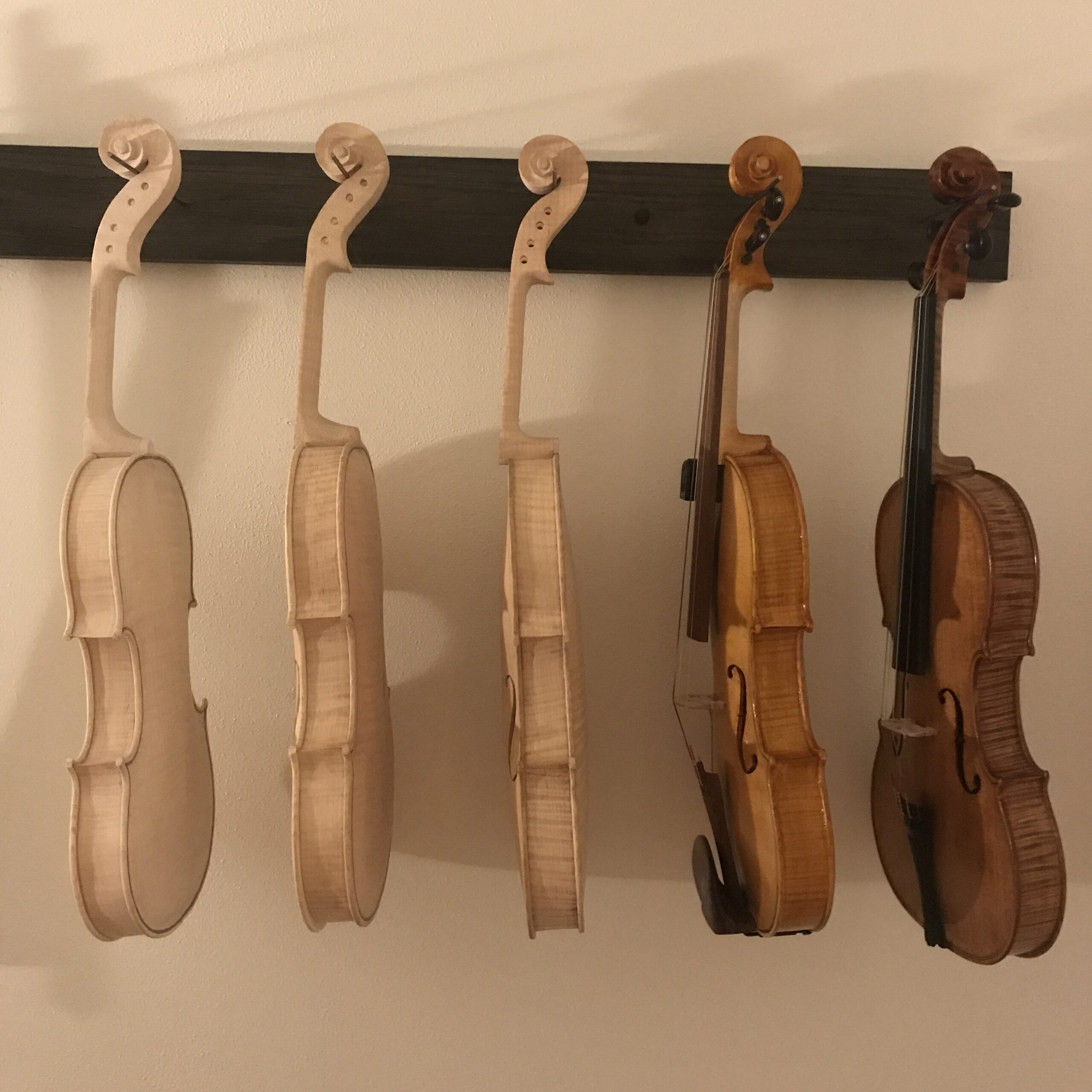Finished sharpening my chisels and gouges. Prepping for some purfling channel work.
One of the most used tool(s) on a violin makers workbench are chisels and gouges. Gouges more than chisels for me. And they all need to be razor sharp. Sharp like, whoops there goes the end of a finger. Hopefully not, but they need to be that sharp. A dull tool is more dangerous, how? I elaborate below.
Sharpening tools is a straight forward process that involves a blade, stones and lubricant. However, straight doesn’t mean easy. In my wood working practice it took me a long time to get sharpening right. The right angle, the grits, how many passes across the stones, testing and stropping all go into a sharp clean blade. I didn’t have a mentor showing me the proper what to sharpen tools. So, lots of YouTube videos later and I found a system that works for me.
Why is a sharp blade safer than a dull one? I say it’s a couple of things. Number one, you don’t have to use as much pressure to get a good result. Second, you have more control. Whenever you have to start hammering, jamming or being rough with a chisel, beware fingers. The more aggressive you have to be with a chisel, the less safe it becomes.
So, go out there and sharpen your chisels well. Be safe and keep your fingers and flesh behind the blade at all times. 🙂












